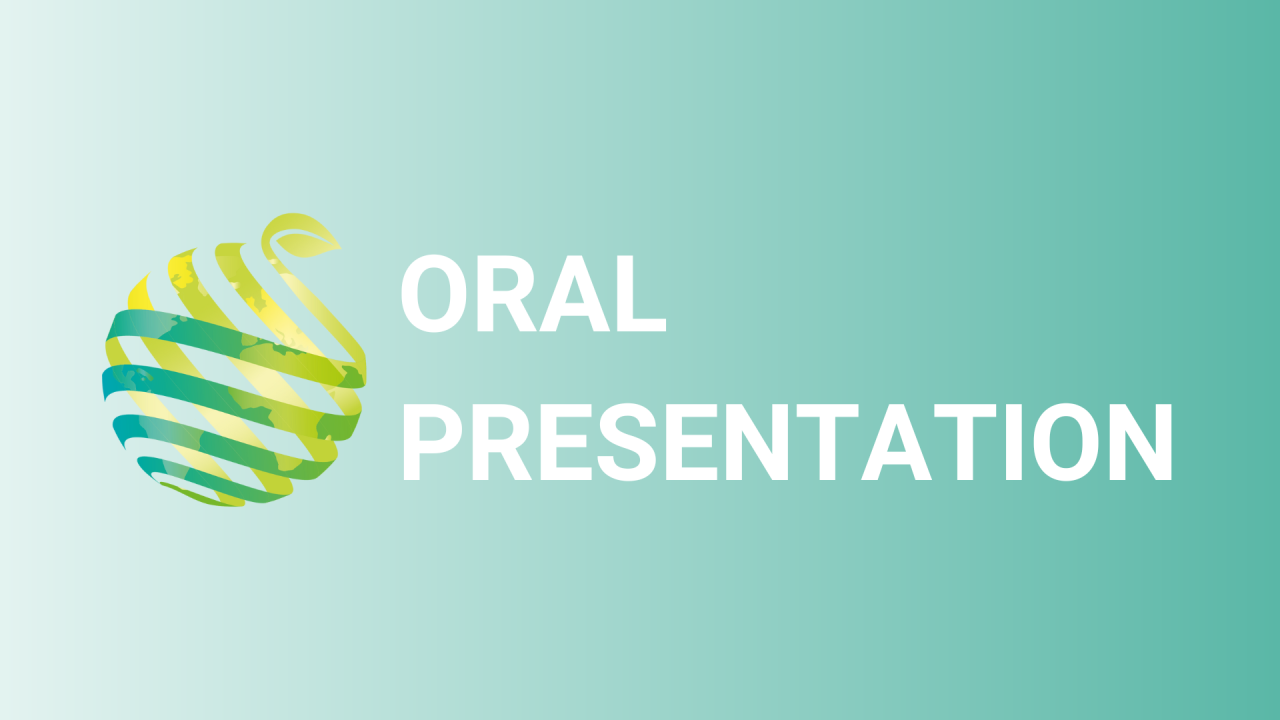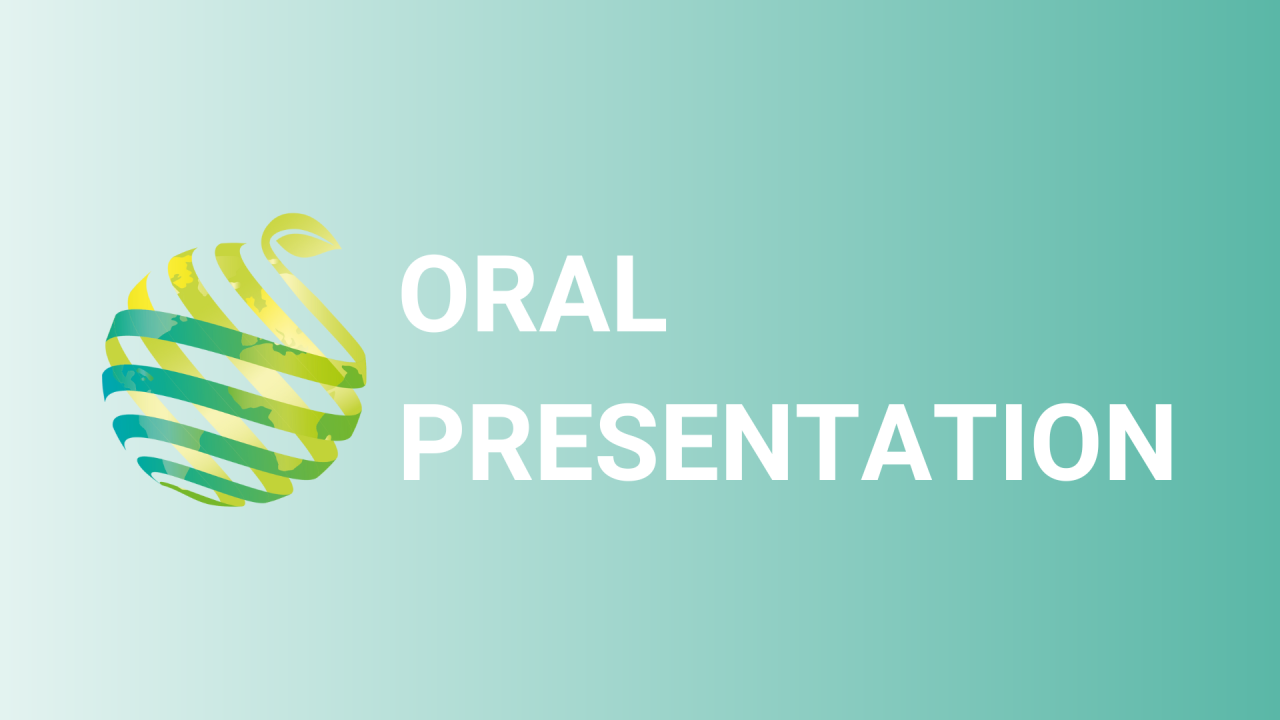

S06 - Session O3 - Dynamic continuous LED lighting can reduce light fixture and energy costs and improve energy efficiency in greenhouse tomato production.
Information
Authors: Xiuming Hao *, Jason lanoue, Celeste Little, Jingming Zheng
The improvement in plant productivity by supplemental lighting in greenhouse vegetable production is directly related to the total amount of light supplemented during a day (daily light integral (DLI) n intensity × photoperiod). It is more economical to achieve the desired DLIs with long photoperiods of low intensity light because it reduces light fixture costs. Furthermore, long photoperiods of lighting such as continuous lighting (CL, 24h) can reduce energy costs because the heat released by the light fixtures reduces heating demand during the otherwise dark night period and electricity price is lower during the night than daytime in many jurisdictions. However, lighting > 16-17 hours causes photo-injury such as leaf chlorosis and limits the yield increase in greenhouse tomatoes. Smart LED lighting systems which allow the dynamic change of light intensity and spectrum have been developed recently by several LED manufacturers. In a previous study, we found that dynamic LED CL lighting with monochromatic 50 µmol m -2 s -1 blue light during the night can eliminate photo-injury and does not compromise fruit production. In this study, we expanded to a high light intensity and examined more light spectra during the night to move more light from day to night time to further reduce light fixture and energy costs. The study was conducted in 3 greenhouses from Oct. 2020 to May 2021. Each greenhouse was divided into multiple plots using curtain impermeable to light to accommodate more lighting treatments. Control (16 h of white LED light followed by 8 h darkness during the night) and 6 dynamic CL treatments (16 h red and blue or white followed by 8 h of red or blue or white only at 50 or 100 µmol m -2 s -1 LED light during the night) were applied to the plots. The 2 CL treatments with white LED during the night resulted in severer leaf chlorosis, lower leaf photosynthesis and fruit yield than the control. There was no difference in leaf chlorosis and leaf photosynthetic capacity, and fruit yield between control and other 4 CL treatments. The 2 dynamic CL treatments with 8h of 100 µmol m -2 s -1 monochromatic red or blue light during the night can further reduce light fixture and energy costs, and improve energy efficiency in comparison to the 2 dynamic CL treatments with 50µmol m -2 s -1 night light.